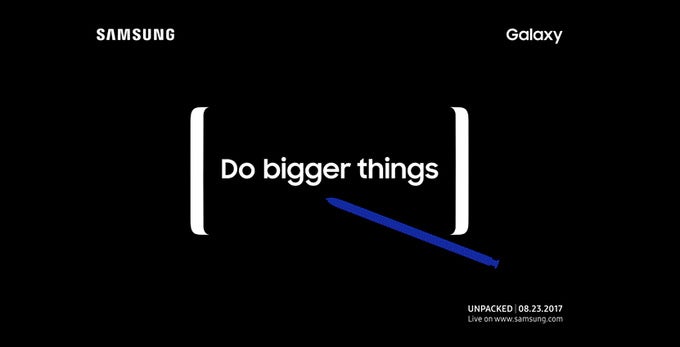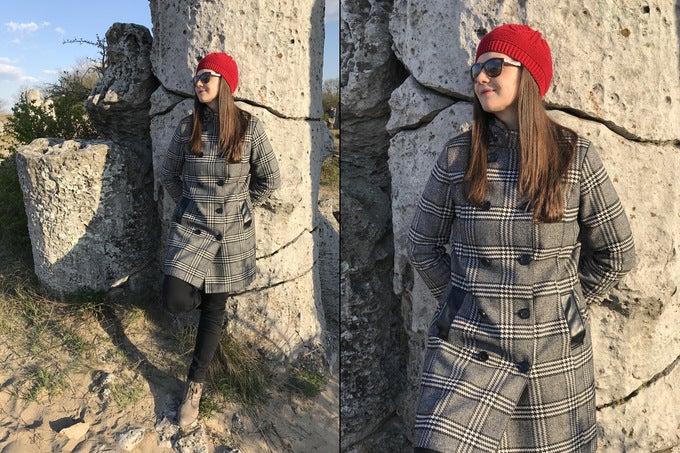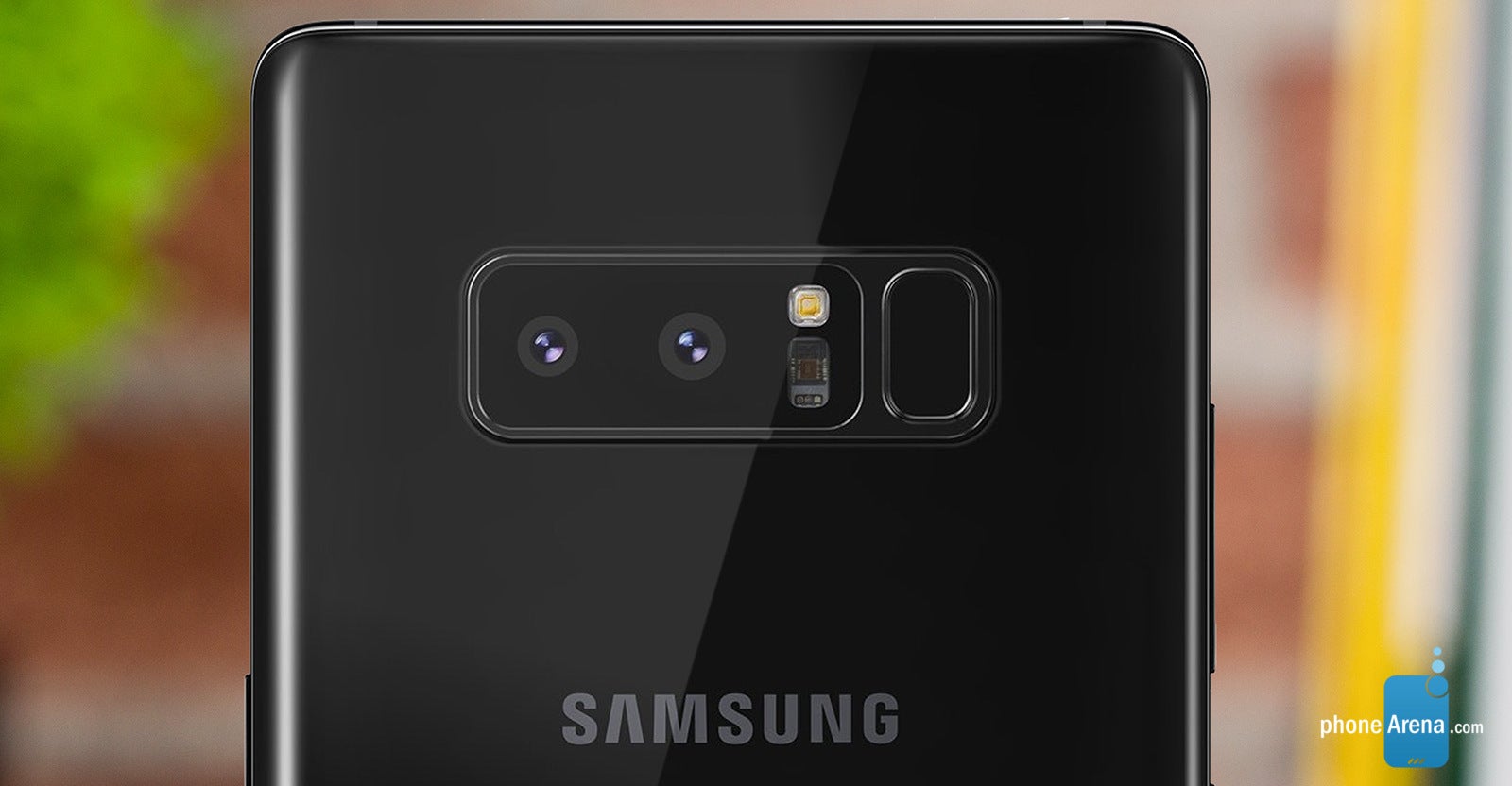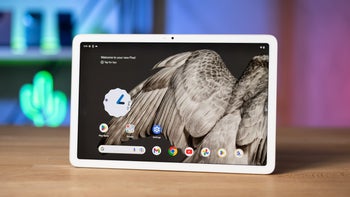Samsung Galaxy Note 8 dual camera explained: specs, features, and all rumors we have so far

August 23 – that's when Samsung's next big thing will become official. And "big" is a fitting word indeed – the Galaxy Note 8 is expected to be announced on that date, becoming the company's latest high-end, phablet-grade device. What's going to be so special about it? Well, a whole bunch of things, actually. As all Galaxy Note phones before it, the Note 8 will feature a huge, high-quality display, plenty of memory and processing power, and a pressure-sensitive stylus for drawing, note-taking, and for standing out of the crowd, of course.
But in this article we'll focus on one particular Galaxy Note 8 feature – its camera setup. Leaks are all pointing at this being Samsung's first dual-camera phone, and by now you're probably wondering what the advantage of such a setup might be. Allow us to explain.
The Galaxy Note 8 camera in a nutshell
Rumor has it that Samsung has gone for an iPhone 7 Plus-like approach for the Galaxy Note 8, equipping the phone with two 12MP cameras at the back. One of them is expected to serve as a main, all-purpose shooter, while the other will be a secondary telephoto camera providing 2x magnification. Basically, with the help of the Note 8's second cam, you'll be able to "bring" your subject closer without sacrificing image quality since the zoom will be performed optically, not through digital stretching of the image.

On the left is a standard photo out of the iPhone 7 Plus. On the right – a 2x zoom image produced using its telephoto lens. The Galaxy Note 8 is expected to have a camera with identical zooming capabilities
Certain limitations apply, however. One is that the Note 8's secondary camera is very likely to be less sensitive to light than its main one. This is due to the way optics work: a lens system so small would provide 2x zoom only at the expense of a narrower aperture. Such is also the case with the zoom cameras on the iPhone 7 Plus and the OnePlus 5.
To compensate for this, Samsung is said to have added optical image stabilization to the Note 8's telephoto camera. While not a silver bullet by any means, this should make the phone's secondary camera more usable in low-light situations. OIS works by keeping the image sensor steady as an image is being taken. This allows a camera to leave its shutter "open" for longer, thus letting in more light without that producing motion blur. Neither the iPhone 7 Plus, nor the OnePlus 5 feature OIS on their telephoto cameras.
Another limitation of the Galaxy Note 8's 2x zoom camera is that it might not be usable if your subject is too close – closer than a foot or two, perhaps. Again, this is also observed with the telephoto cameras on existing phones, such as the iPhone 7 Plus and the OnePlus 5.

What the Galaxy Note 8 might look like
But what about Portrait Mode?

The right half of this image represents Portrait Mode with background blur added to the image. The left half does not have the effect applied. (Shot with the OnePlus 5)
So at a glance, that's what the Galaxy Note 8 camera is looking like two weeks before the phone's announcement. It isn't shaping to be radically better than what Samsung's competition is already offering, but it is still a compelling offering that we're eager to test. Until the Galaxy Note 8 is officially announced, be sure to catch up on the latest rumors and predictions about Samsung's next big thing, linked below:
















Things that are NOT allowed: